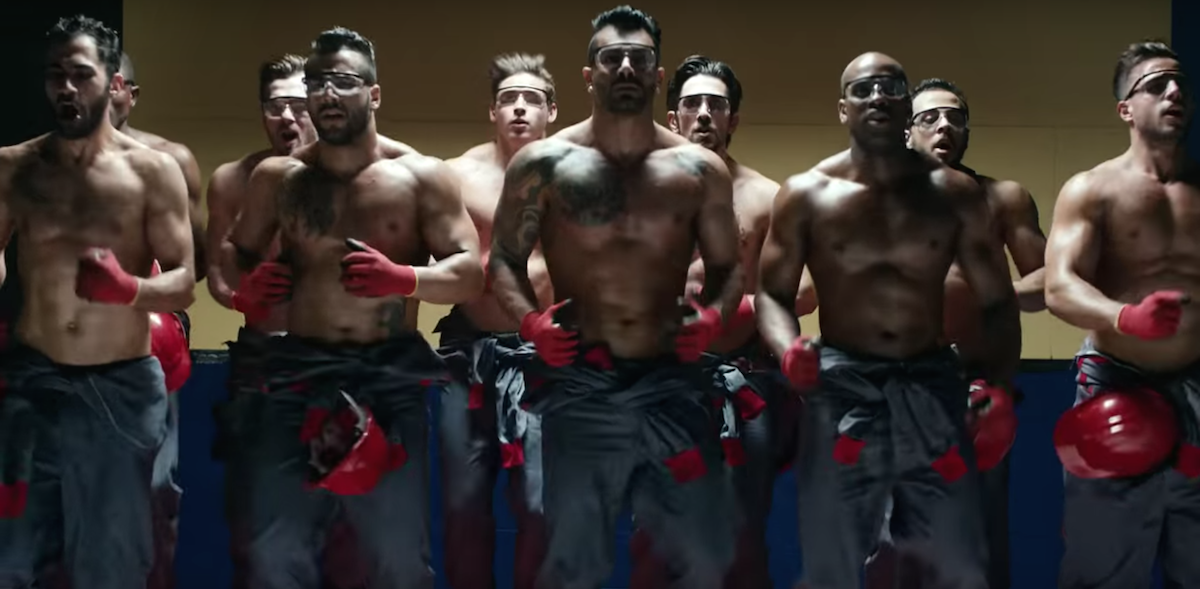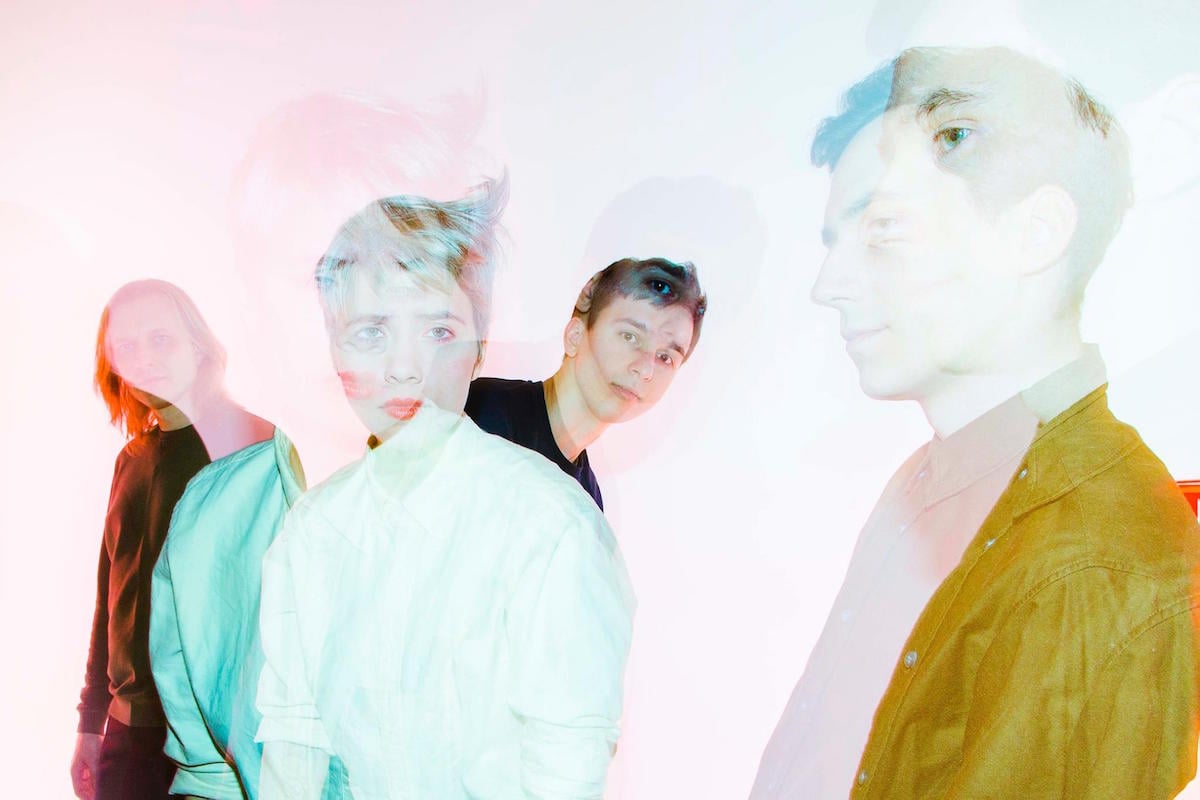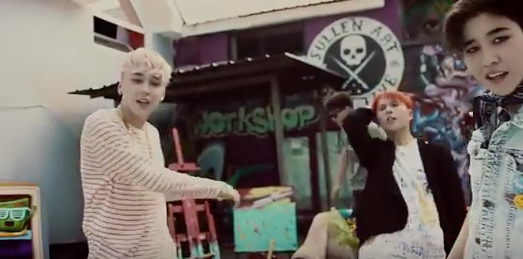Dragostea Din Tei: catching up with O-Zone 16 years after making Europop history
Moldovan band O-Zone topped global charts with their Europop supersmash, Dragostea Din Tei, in 2004. But what happened next?
It’s the long hot summer of 2004, and I’m six years old. I’ve yet to develop a debilitating musical self-consciousness; all my primary school brain can really think about is Ade Adepitan and his free throws in the Paralympic Bronze Medal Basketball final.
And then, emerging quite literally from under an audacious filter sweep, comes a tune that will eventually become rooted in the UK’s shared consciousness. Few moments from musical history cut across the culturally reinforced divisions of a whole generation, but the refrains of “maya hee, maya ha” and “nu mă nu mă iei” (or “you won’t take me” in English) have come to represent both a nostalgic throwback to happier times, and, during lockdown, a cultural “throw-forward”. Listening to this song conjures images of a distant future where these beats might be accompaniment to neon nights of drinking and dancing, just like before.
No Eurodance journey is complete without a slightly off-the-wall music video, and “Dragostea Din Tei” was no exception
The track in question is “Dragostea Din Tei” — or “The Love in the Lindentree” — by Moldovan pop group O-Zone. The trio (Dan Bălan, Radu Sîrbu, and Arsenie Todiraș) existed from 1998 to 2005, peaking in the period 2003-4 as “Dragostea” went global. Then based in Romania, they sat back as the track became a European super hit, remaining at the top of the Eurochart Hot 100 for twelve sun-baked weeks between June and September 2004.
For former member Sîrbu, the endless repeats haven’t diminished the song’s essential joy. “It was a long time ago, but I still get that feeling”, he tells me from his home in Bucharest. “It was all about a positive vibe. The vibe is undying: people listen to it again and again and feel the same energy every time – you can see it on social media platforms, in the viral videos made by people all over the world, or in American TV series…”
The track’s appeal was as in most other Europop bangers. No Eurodance journey is complete without a slightly off-the-wall music video, and “Dragostea Din Tei” was no exception. Here, we see an audacious dream sequence, where the O-Zone boys are transported back in time from a comic book-style metropolis, hijack an (empty) commercial plane, and celebrate the ease of their daring heist by dancing on the wings of the plane for the remainder of the video. Tekken-like animations materialise, spliced between mundane clips of the boys in the studio. A plane crash, where our heroes escape unscathed, closes this bonkers sequence.
Sîrbu admits it’s taken a while for people to get over their smash hit. “People are still listening to our music, but for me as a producer, songwriter and solo artist, it’s taken almost ten years to establish a life after “Dragostea”. It’s not easy after such success to keep the vibe up, but I’ve worked a lot, set new goals, and have always tried to move forward without stopping.”
This drive saw “Dragostea Din Tei” reach a long way further than the expected single-country span of a typical European summertime chart-topper. In an achingly good metaphor for the song’s pan-European reach, halfway through the video, the propellers of O-Zone’s commandeered aircraft turn Transformers-style into speakers that pump out their summery anthem across the skies. In Britain, “Dragostea” took its place in the pantheon of package-holiday party pop stretching from the humdrum tones of Cliff Richard’s “Summer Holiday”, right through to Dizzee Rascal’s 2009 blunt-nosed anthem “Holiday”. “Dragostea Din Tei” perfectly skewered the short-haul holidaymaking market, previously conquered by Vengaboys’ travel-themed “We’re Going to Ibiza!” and “We Like to Party” at the turn of the century.
There’s more Vengaboys crossover too. The regular interruption of cartoon characters during the video is a nod to “We’re Going to Ibiza!”, as is the band’s random dancing on the wings of the plane. But the song’s real strength is more musical, with its bright catchy hooks. Not one but two choruses gives the Romanian language track its two important nicknames – “Nu mă, Nu mă” and “Maya Hee, Maya Ha”, in addition to the track’s title. The verbal accessibility of these hooks means “Dragostea” clears the first hurdle of any Eurobeat track aspiring to global fame – language. The song exists in Romanian as “Dragostea Din Tei”, but it’s mostly recognised and shared via its two derivatives, meaning attempts to share the track with friends go like:
“Do you know ‘Dragostei Din Tei’ by O-Zone?”
“No?”
“’Course you do! The one that goes ‘Maya hee, maya hoo, maya ha, maya ha-ha’, then ‘Nu mă nu mă iei, nu mă nu mă iei, nu mă nu mă nu mă iei”.
This accessibility also helped bring ‘Dragostea’ to a truly global audience. When New Jersey blogger Gary Brolsma uploaded a clip of him lip-syncing “Nu ma Nu ma” to the internet (in an era before TikTok, Instagram or even YouTube), little did he know he would create one of the first viral videos in internet history. Brolsma’s dancing embodies the essence of the song: low-res, fun and honest, by 2006, Nu ma Nu ma had racked up 700 million views worldwide, introducing the distinctive hooks to a new generation of Americans existing outside of the European “summer vibes” crowd. More American canonisation of the tune from the unlikely combination of South Park and T.I ft. Rihanna and by 2008, the song’s unlikely position in global music culture was cemented.
Unlike their pop predecessors, O-Zone were unable to repeat the magical Europop formula, and the trio went their separate ways in 2005. But, determined to continue above and beyond their smash-hit, Sîrbu established himself as a producer and founded a label dedicated to promoting Romanian talent. Rassada Music began in 2011, and currently has nine artists (Sîrbu included) on the roster.
Artists signed to Rassada include DJs, The Voice of Romania winners and even Sîrbu’s daughter, all operating pretty comfortably within the realms of commercial pop. This genre, often combined with an unquestionably positive outlook, is not without its critics. Phrases like “Euroshit” are used in more cynical parts of the British popular music press, fuelled by an oddly estranged and generalised view of pop music from Eastern Europe not helped by 90s shows like “Eurotrash”.
Unlike their pop predecessors, O-Zone were unable to repeat the magical Europop formula, and the trio went their separate ways in 2005
Sîrbu is quick to dismiss monolithic views of Europop. “The music scene in Romania has changed a lot [since “Dragostea”], as you’d expect, especially today, when lots of artists are independent and have the possibility of releasing their own music without needing a label. It’s hard to say in the social media age, but if we talk about the radio charts in Romania, Pop and World chart songs dominate the playlists. Upbeat Europop isn’t really as popular as it was in 2009-12.”
Although some of the sounds may have updated, listening through Rassada’s back catalogue, you get the sense that they haven’t quite parked the indisputably positive feeling behind it all. Sîrbu, and the whole Europop movement together, make a strong, simple case for positive pop’s comeback. And, as many of us dream of a return to a life we took for granted — who can really blame them?


